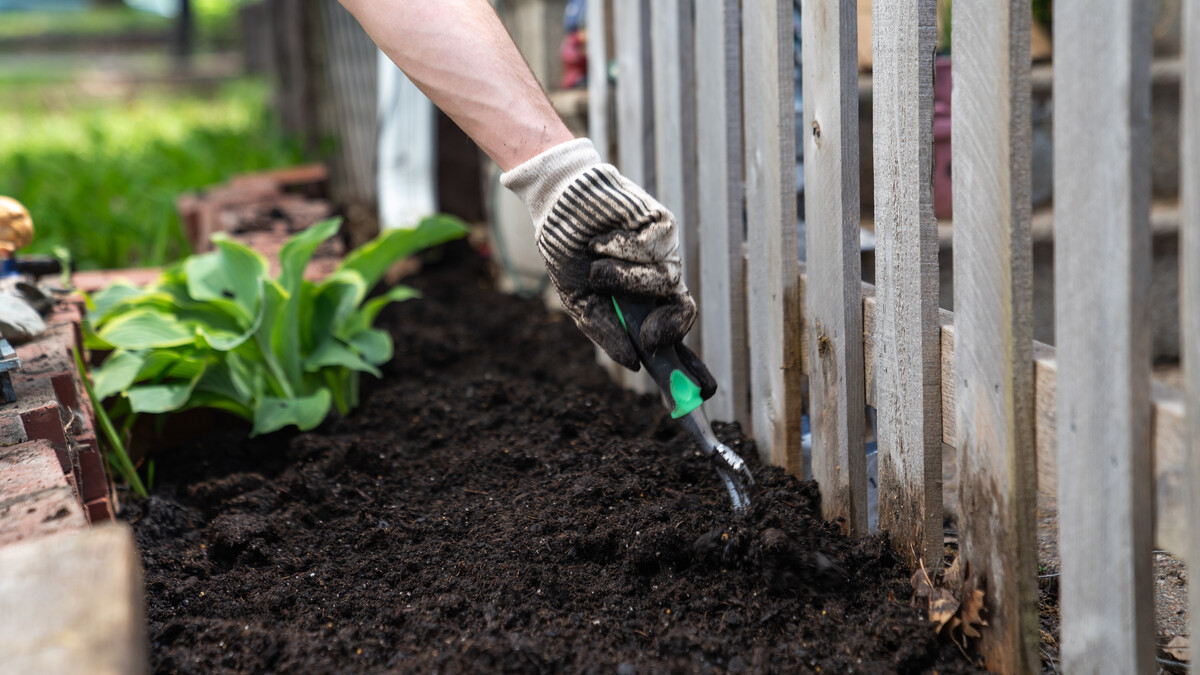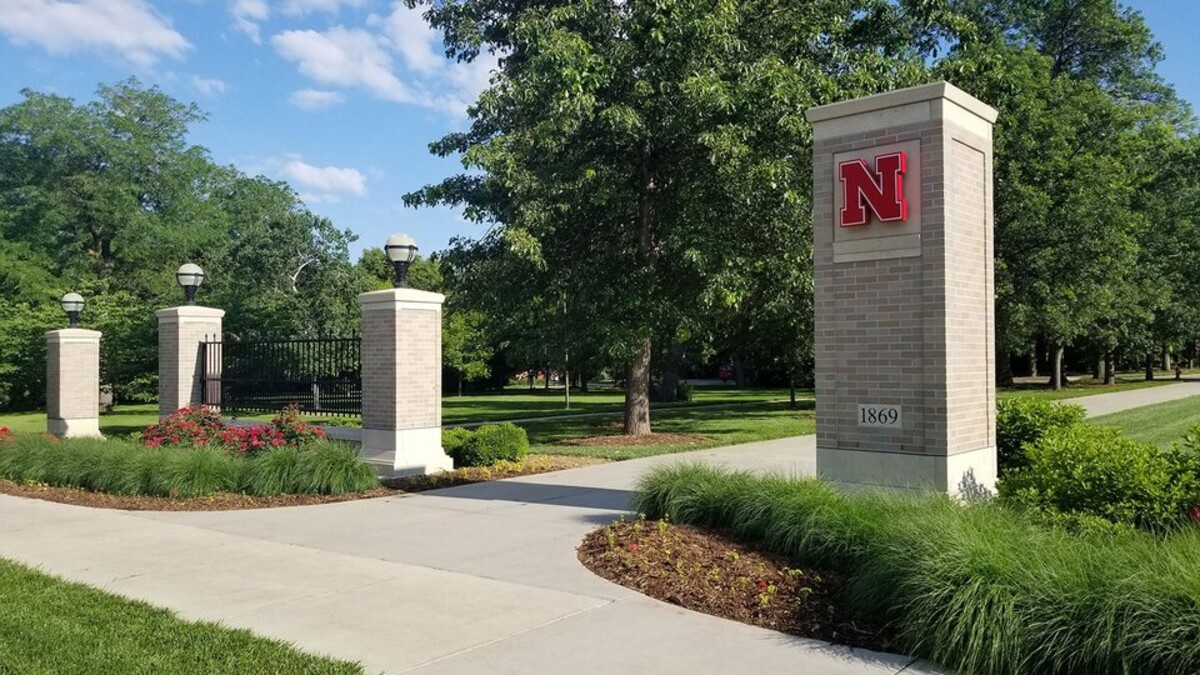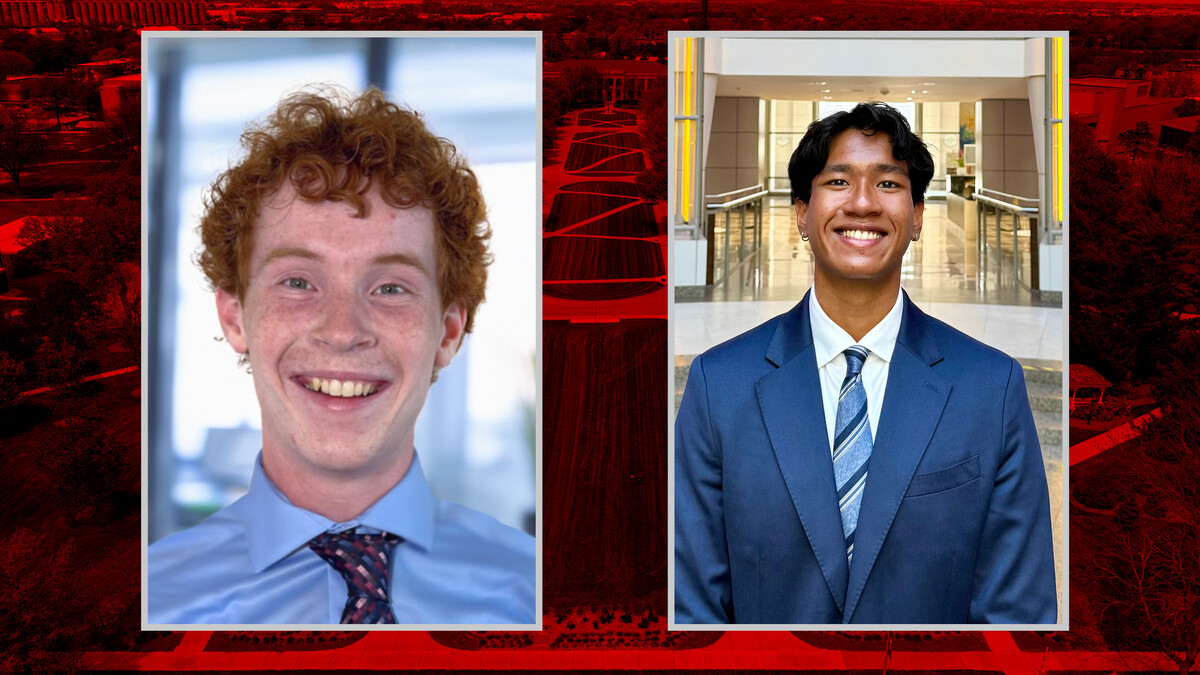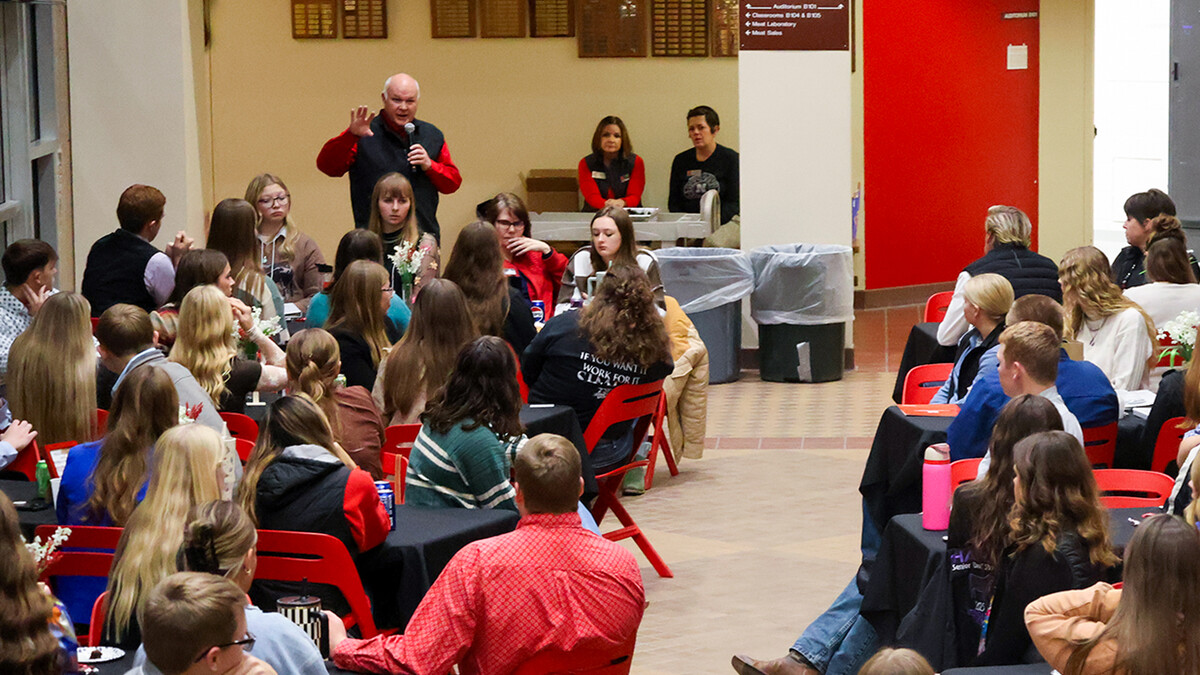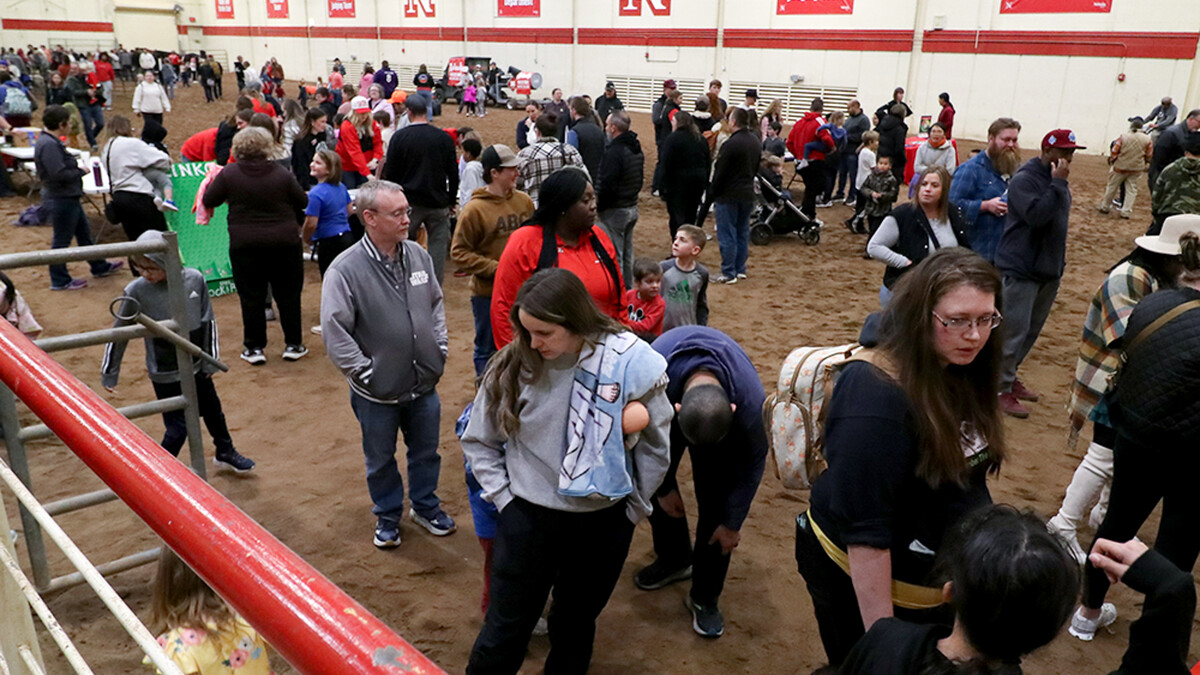
Lincoln, Neb. —Cercospora leaf spot (CLS) has long been and remains a constant problem to sugar beet production throughout the eastern and Great Lakes production areas of the United States. In fact, it is thought to have been a major reason for early production in Nebraska to shift west to the Panhandle. Despite the drier conditions in western Nebraska, the disease has still been sporadic, but not a consistent issue. However, when it does occur, it can be very destructive if not noted and treated.
CLS is caused by the airborne fungal pathogen Cercospora beticola, and the pathogen overwinters in infected residue and can serve as an inoculum source the following season. Disease development in fields is strongly dependent upon very specific environmental conditions, including periods of high humidity or extended leaf wetness (more than 11 hours) and warm temperatures (higher than 60° F at night and 80-90° F during day). Without these conditions, the possibility for high disease spread and damage to beet crops is greatly reduced.
The fungus enters and grows within leaf tissues and new lesions and spores will be formed within 10-14 days under optimum conditions. Thus, it must be realized that whenever you see the circular, ash-colored lesions (1/8 inch in diameter) surrounded by a dark border, infection has occurred approximately two weeks earlier.
For the last few days, the Cercospora alert system has produced some values indicating a high-risk of disease has been identified, particularly in Box Butte County, with Alliance and Hemingford reaching double digit numbers. This does not mean that the pathogen is here, it just demonstrates that in the past 48-60 hours, environmental conditions were optimal for infection and disease to occur. Furthermore, last week we detected a very few leaves with small circular lesions consistent with CLS from our research plots. Lab tests rapidly identified spores growing within the lesion on the leaves, confirming that CLS was present.
It is definitely time to begin scouting fields closely looking for similar symptoms. Fungicide applications may be necessary if it continues to stay warmer at nights between midnight and 6-7 a.m. CLS is a devastating disease and is difficult if not impossible to properly manage if it becomes established in fields. Be on the lookout. You can never play catch-up with this disease!

